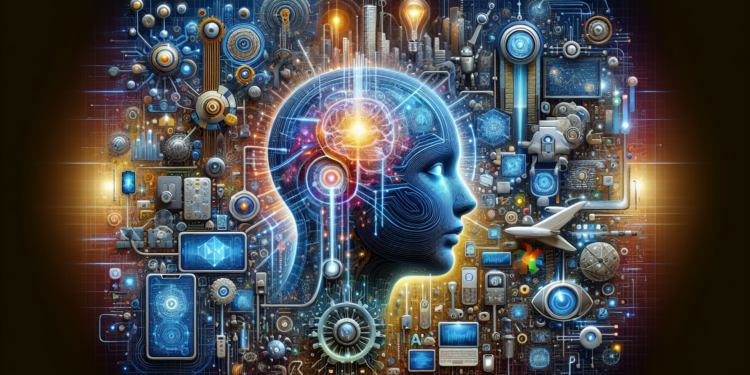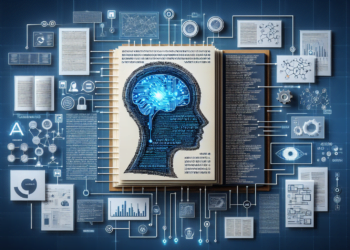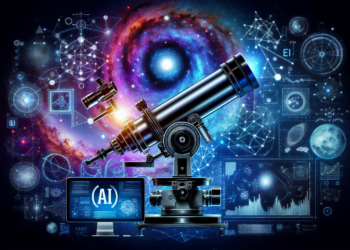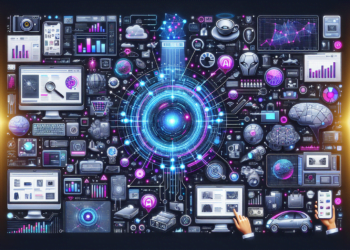In recent years, the integration of Artificial Intelligence (AI) into devices and services has marked a significant milestone in technological evolution, radically transforming the way we interact with our digital tools and access services. This trend has notably accelerated in recent months, with significant developments showcased at renowned events such as the Consumer Electronics Show (CES) and through strategic collaborations between tech giants.
Taking a Step Forward in User-Device Interaction: The Case of rabbit r1 and Google Lens
The inclusion of Perplexity AI’s technology into the gadget rabbit r1, introduced at CES, recently stood out. This device utilizes AI to respond to user queries, exemplifying a significant advance in human-machine interaction. The ability to provide relevant and contextual responses to user inquiries is not just an enhancement to the user experience; it also represents a qualitative leap in how AI can understand and process human needs in real-time.
Simultaneously, Google has made AI-driven improvements to Google Lens, its visual search tool. This update allows users to conduct more intuitive and efficient searches, leveraging AI’s ability to interpret and analyze images in the context of user needs. This advancement in AI-powered visual search not only enhances accessibility but also opens up new possibilities in fields such as education, design, and marketing.
Strategic Collaborations and New Frontiers: Samsung and Google
In a strategic collaboration, Google and Samsung have teamed up to integrate Google’s family of generative AI models, Gemini, into Samsung’s new smartphone Galaxy S24. This move symbolizes a convergence between hardware and software driven by AI, with the potential to redefine the mobile user experience. The integration of generative AI models into mobile devices not only enhances device functionality but also heralds a new era in smartphone personalization and adaptability.
Amazon and AI-Generated Imagery on Fire TV
Broadening the horizons of content creation, Amazon has introduced the capability to create AI-generated images on Fire TV devices. This innovation is not just a step forward in terms of entertainment and creativity; it represents a fundamental shift in how consumers interact with content and engage in its creation. The democratization of content generation powered by AI has the potential to transform users from mere spectators to active creators.
Final Thoughts: An AI-Driven Future
The recent developments in the integration of AI into devices and services reflect a growing trend towards ambient intelligence, where AI not only responds to our needs but also anticipates and acts proactively. With each innovation, we move closer to a world where AI is not just a tool but an integrated, essential partner in our daily lives.
As we move forward, it is crucial to consider not only the technological possibilities but also the ethical and social implications of an increasingly deep integration of AI into our everyday lives. Collaboration between companies, developers, regulators, and users will be key to ensuring that the benefits of this technological revolution are accessible to everyone and aligned with fundamental human values.
In summary, as we contemplate these recent advances, we can’t help but be excited about the unprecedented potential of AI to enrich, simplify, and transform our lives. The future of AI in devices and services is not just promising; it is actively redefining the boundaries of what is possible.






















